How To Turn On A Surfboard
Learn how to cleave and trim left or right by shifting your weight on your surfboard.

Once you have the proper surf stance, you will be able to adjust your weight distribution on the board, in social club to trim or carve. Since surfing is a water sport, the manner yous distribute weight on your surfboard has a tremendous upshot on the surfboard'due south management and speed over the h2o.
Yous can shift weight on your surfboard past either moving your feet when standing upwardly (for example when a longboarder walks all the way to his surfboard's nose) or simply past shifting weight in betwixt your feet, by moving your whole body (knees, hips, chest, etc.). Because this is a beginner article, we will focus on the easiest and most popular way to turn your surfboard: by putting weight on different areas of the surfboard without moving your feet.
Weight Distribution
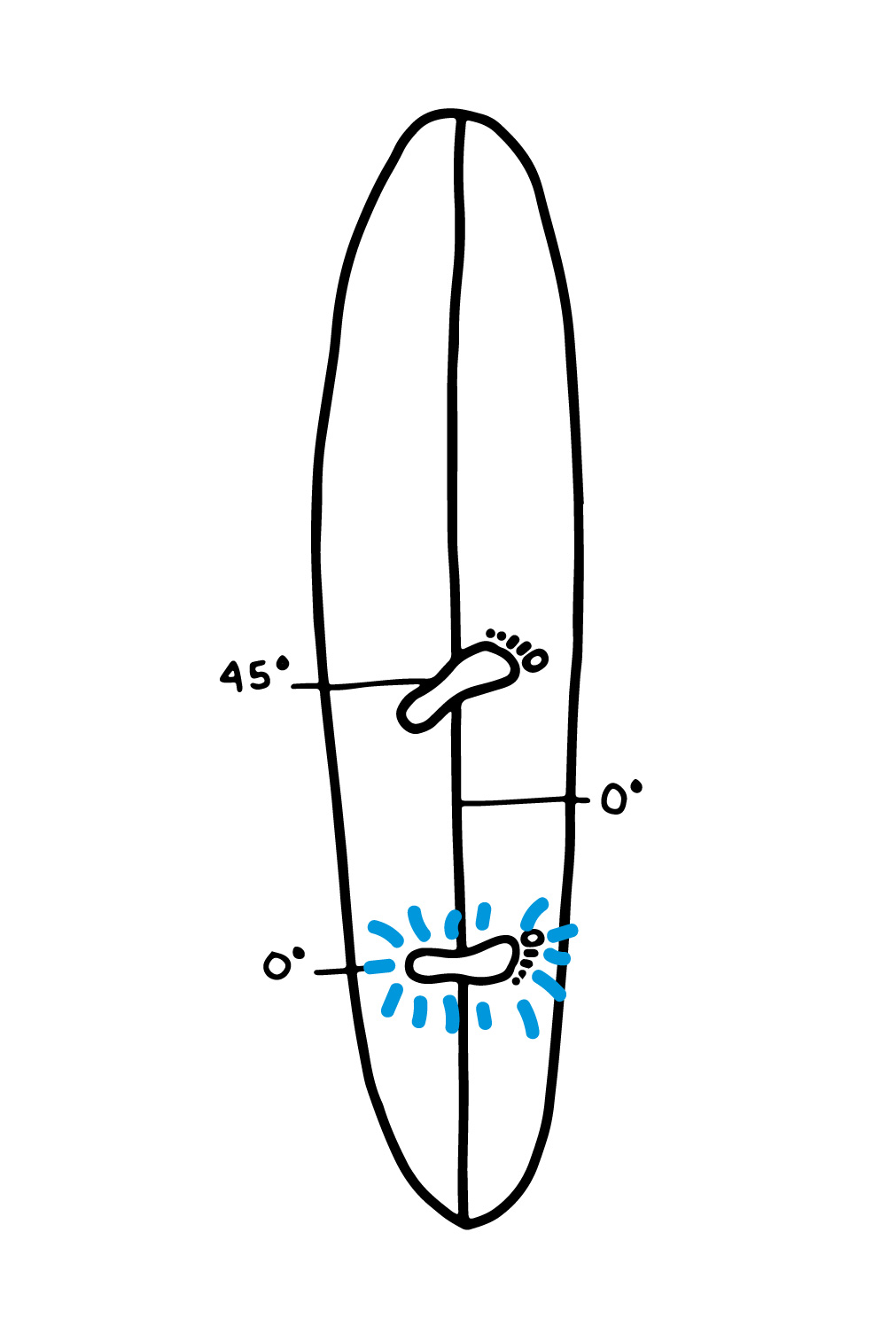
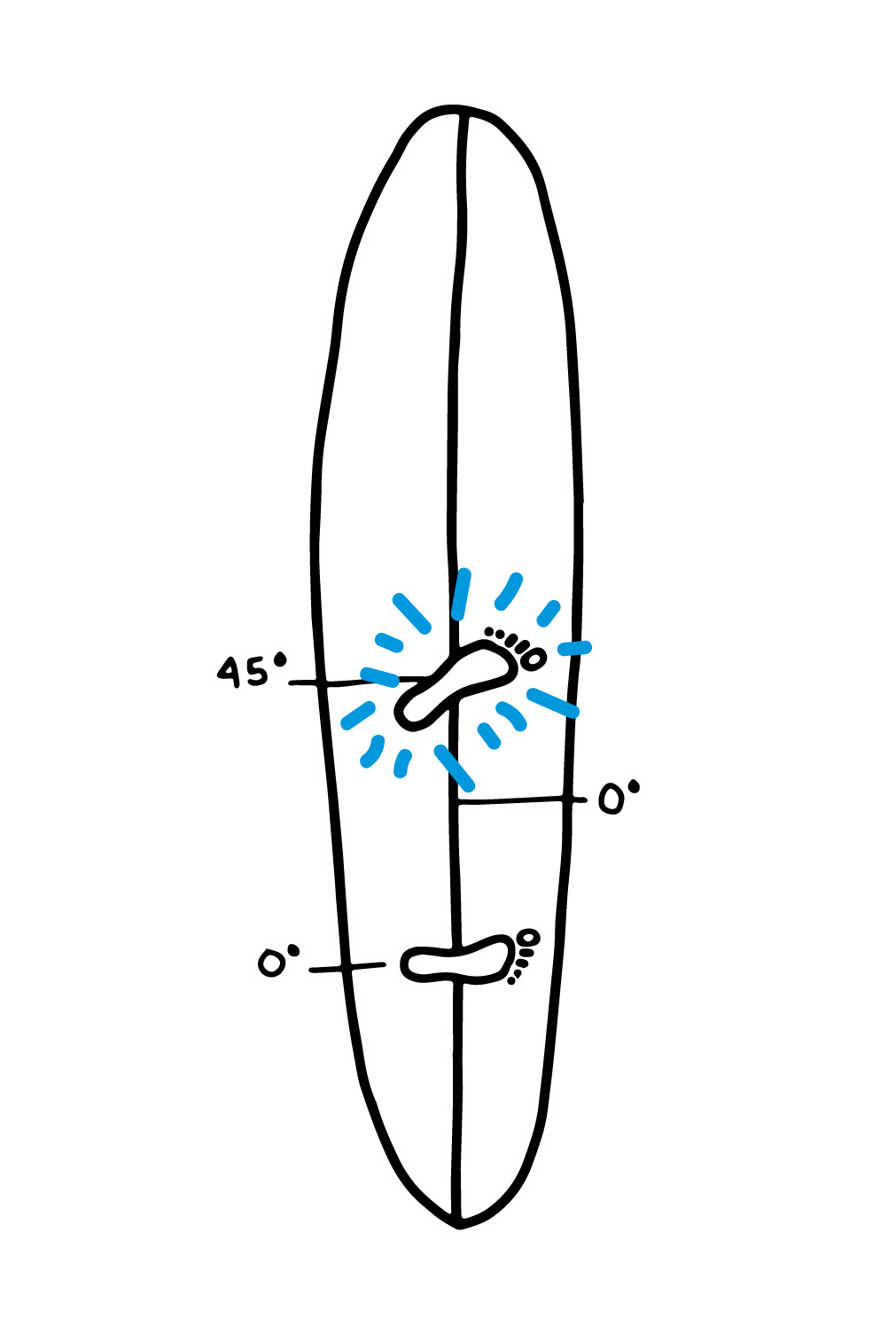
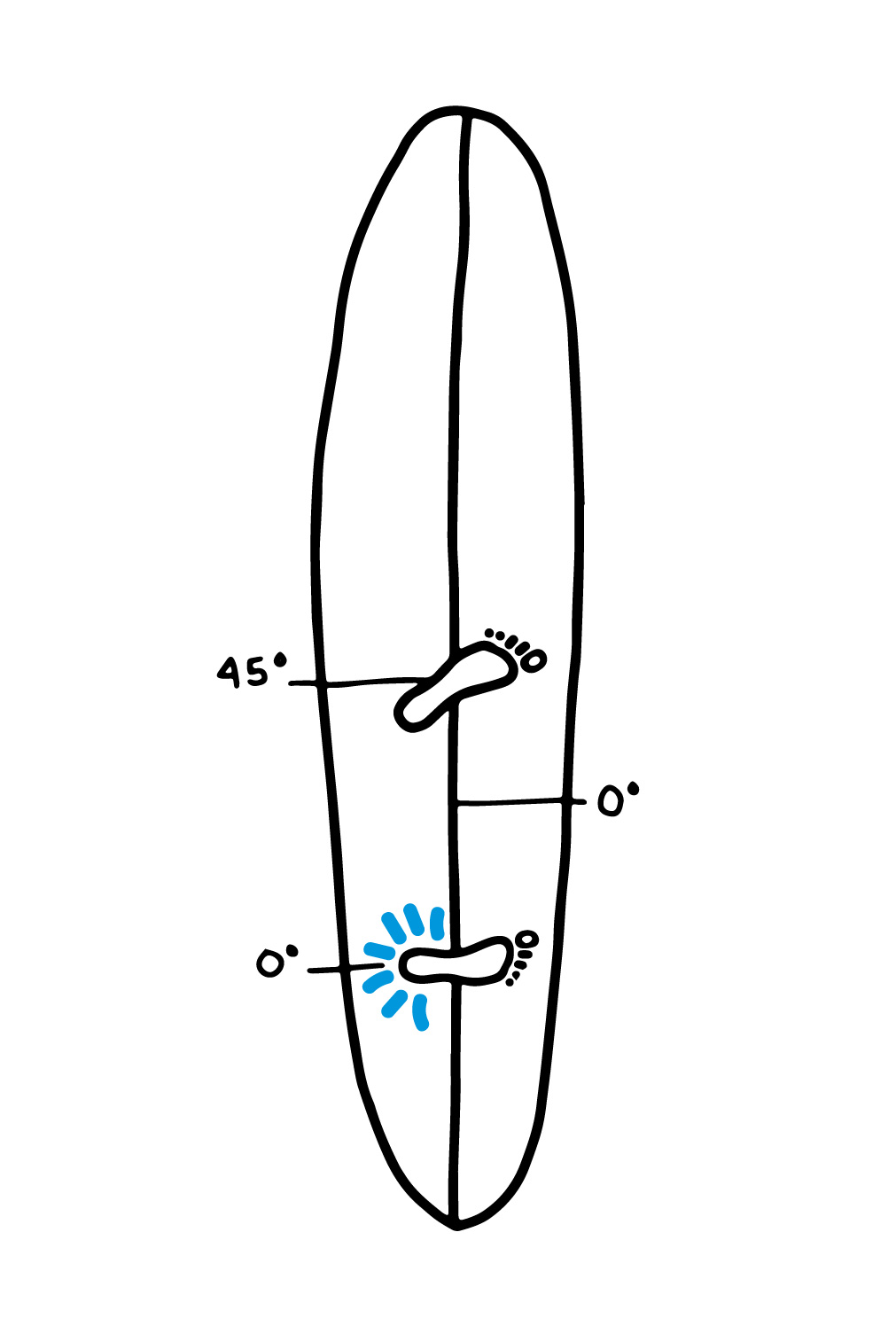
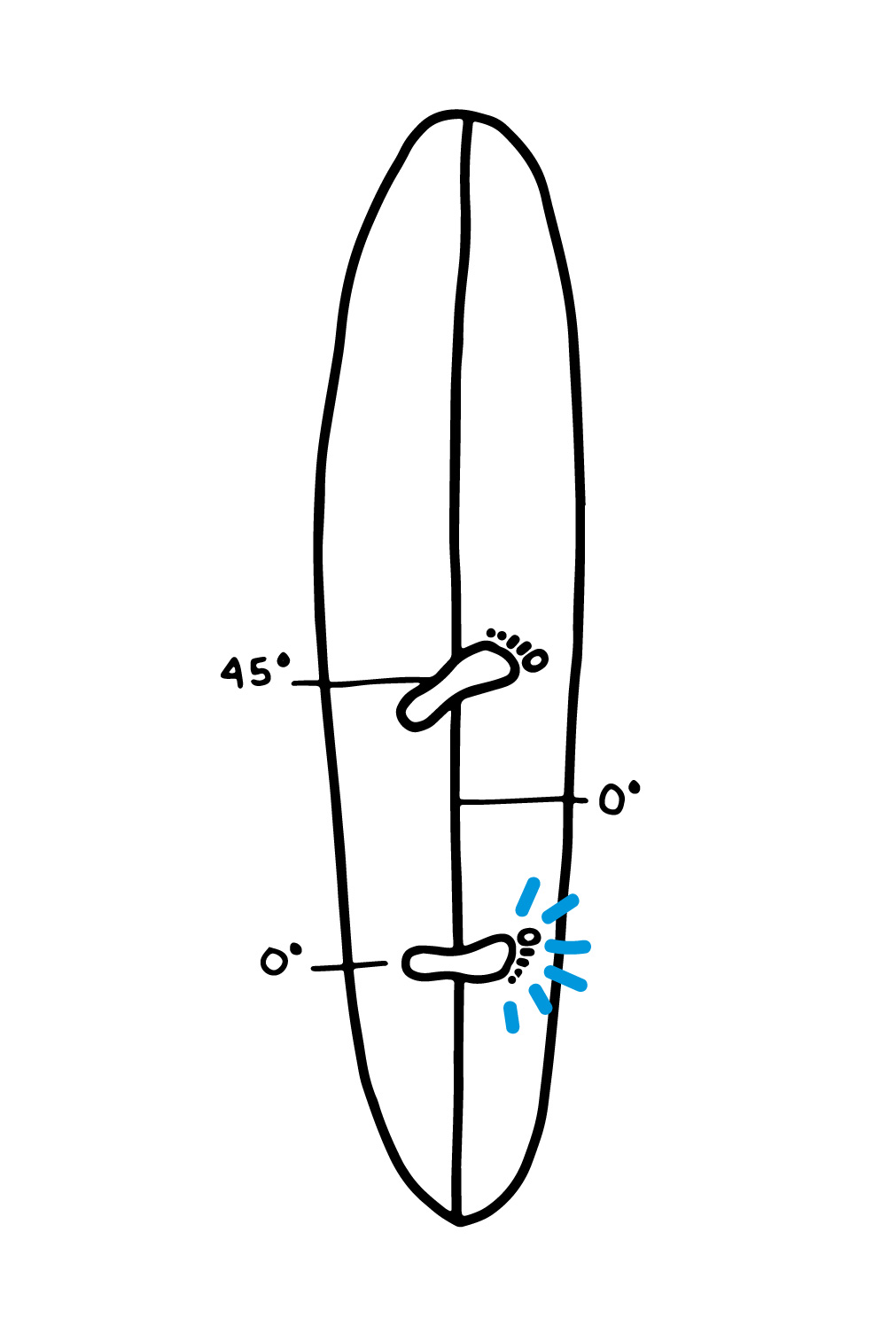
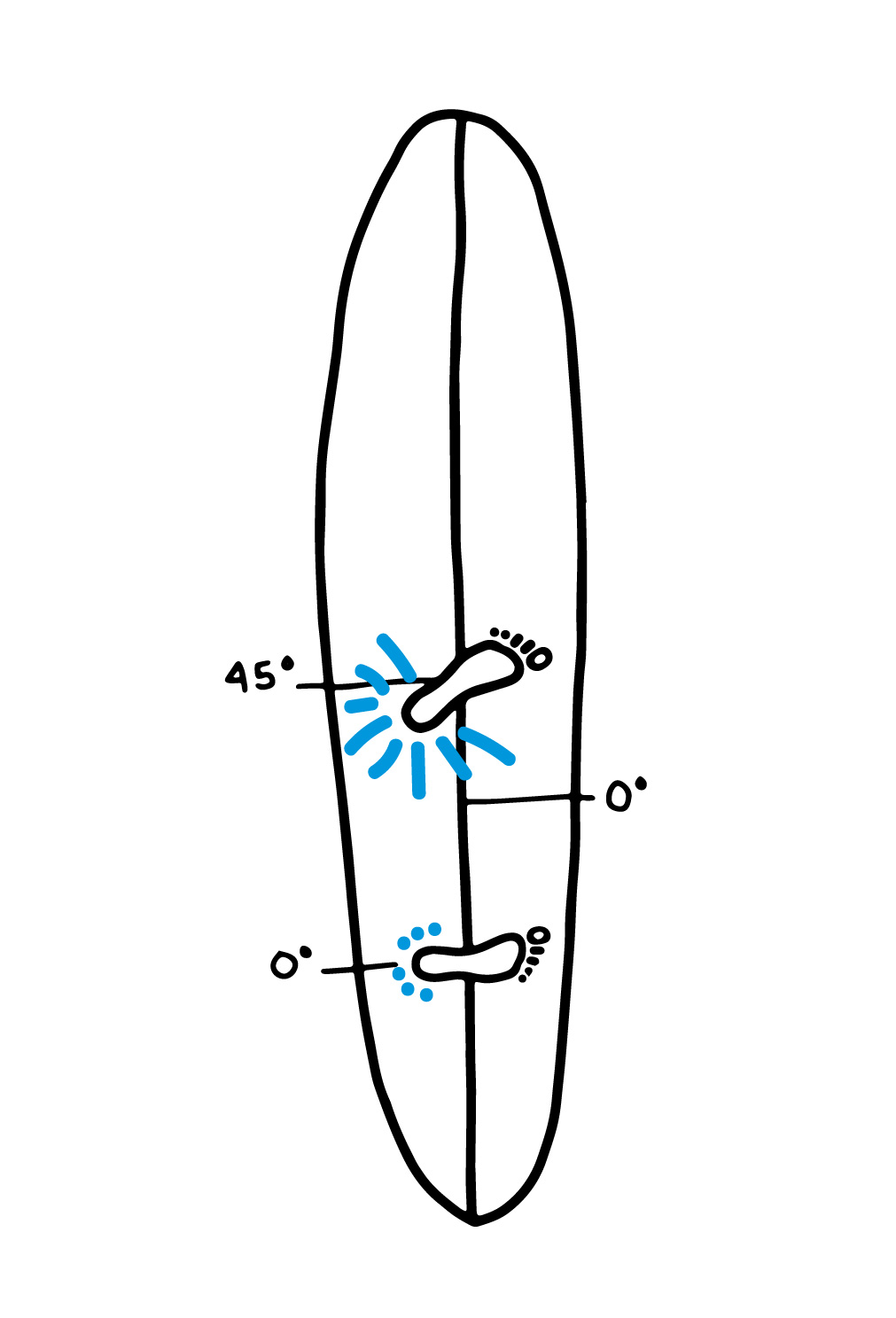
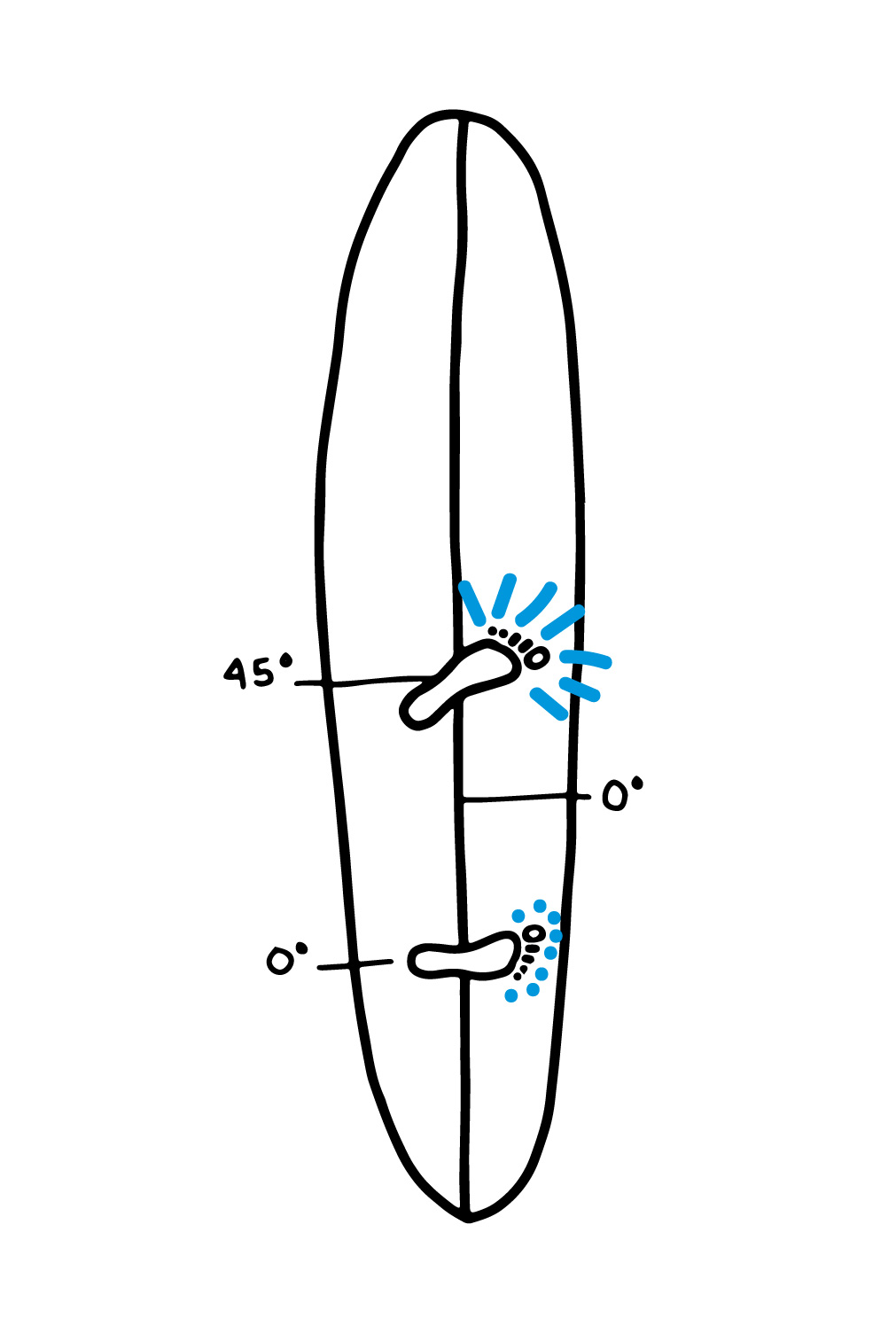
Trimming VS Etching
A surfboard moves a bit like a gunkhole, meaning that if a boat needs to practice a sharp plow to modify direction, then the nose of the gunkhole will go up in gild to pivot hands (carving). If a boat needs to plow at high speed, the nose volition stay closer to the water and the plow volition be less sharp (trimming). A surfboard does the aforementioned matter.
Etching = Turning sharply
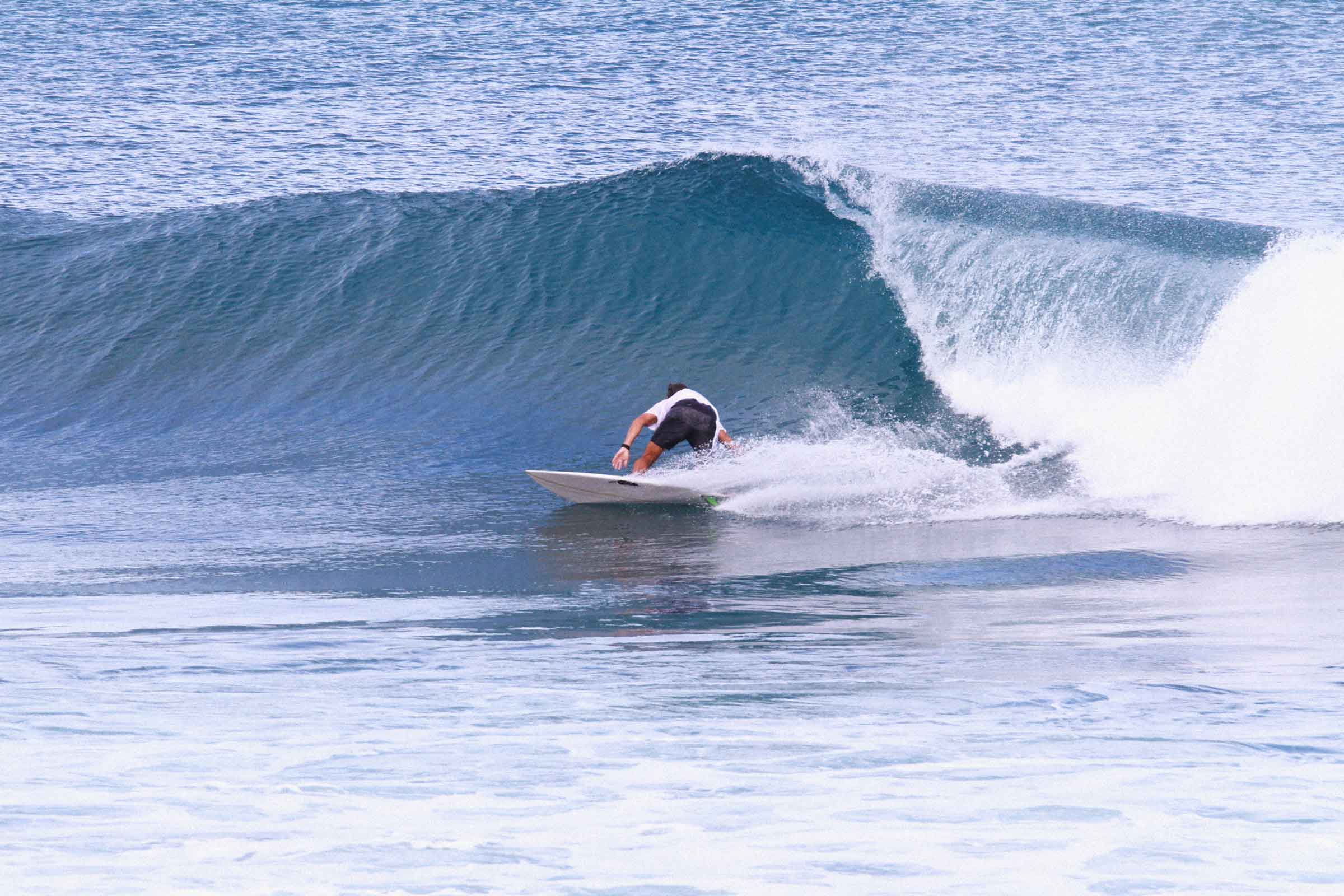
"Carves" are the deeper, more radical turns. They are used to change management rapidly and drastically. To exercise and then, surfers need to apply more than pressure on the dorsum foot, slightly lifting the nose and making it possible to pivot the board using the fins and the rails. Many of the loftier-performance manoeuvres include a good carve. Case of manoeuvres: Bottom Turns & Cutbacks.
Trimming = Small-scale adjustments on the face of the moving ridge
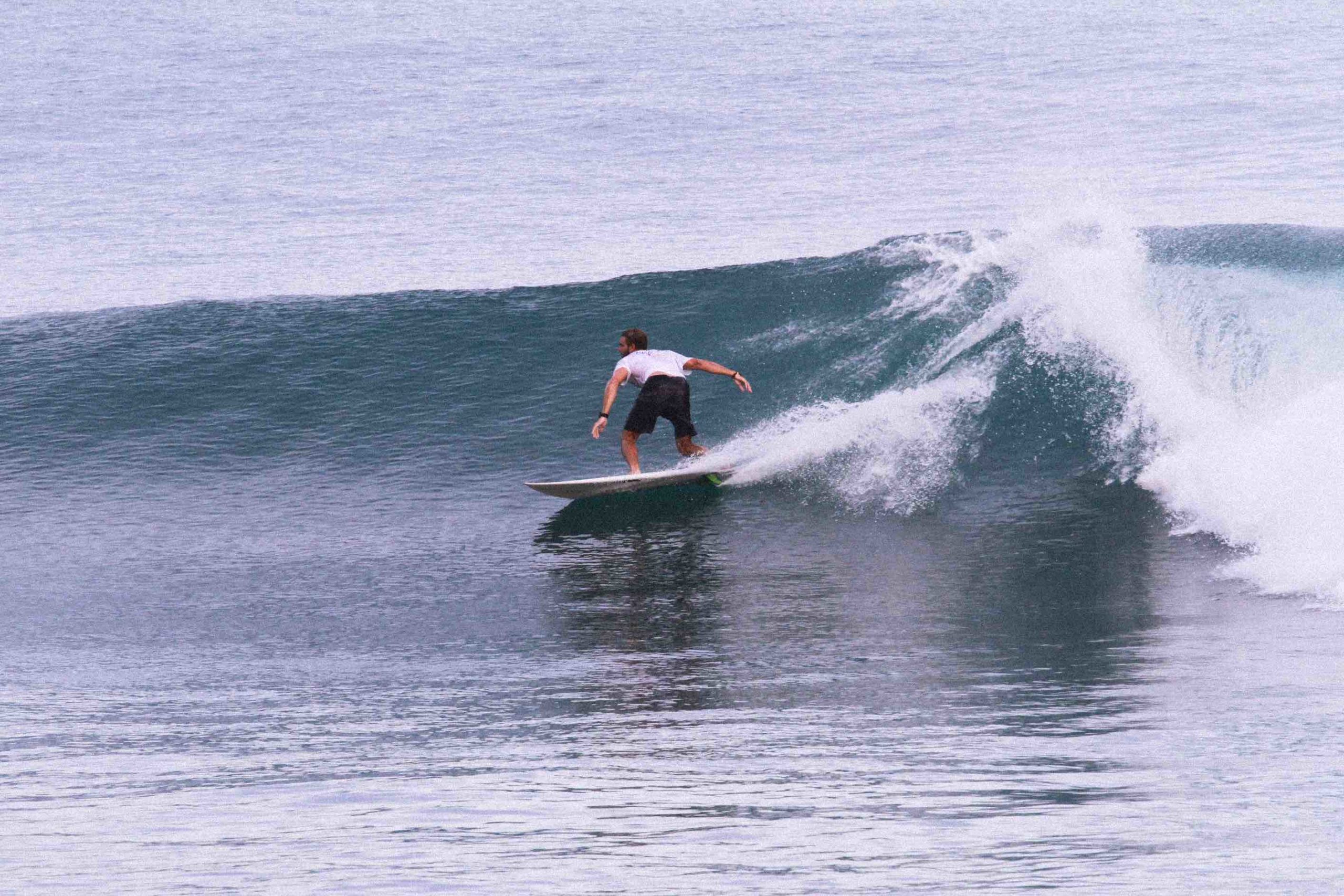
Surfers "trim" in gild to adjust to the shape of a wave, going slightly college or lower to surf the shoulder with the necessary speed to stay in the optimal position. These small adjustments are fabricated past slightly leaning your body and putting a fleck of weight on either your heels or toes, especially over the front foot. Trimming can't exist used to change direction.
When to Trim, When to Carve
As we have seen, putting weight in the front end means gaining speed, and putting weight in the back means slowing downward. The aforementioned thing applies to your turns. If you need to plow drastically while losing speed to permit the moving ridge shape itself, become for a carve. If you need to angle your take off and speedily go downward the line, you should trim.
Fast breaking wave: Trimming.

If y'all see that wave is going to break very quickly, you won't accept time to go down the wave and carve. You want to be taking off in angle and trim on the face to adjust your speed co-ordinate to the shape of the wave.
Slower breaking wave: Etching.

If the shoulder looks like it's going to peel slowly, you don't want to exist trimming because yous volition end upwards besides far in a very apartment part of the wave. Instead, drop the wave to the bottom, printing on the brakes (dorsum foot), and become for a carve. This will requite time to the wave to showtime getting steeper before you start surfing the shoulder, giving you a much more enjoyable ride!
Source: https://tutorials.barefootsurftravel.com/articles/turn-surfboard-trimming-vs-carving/

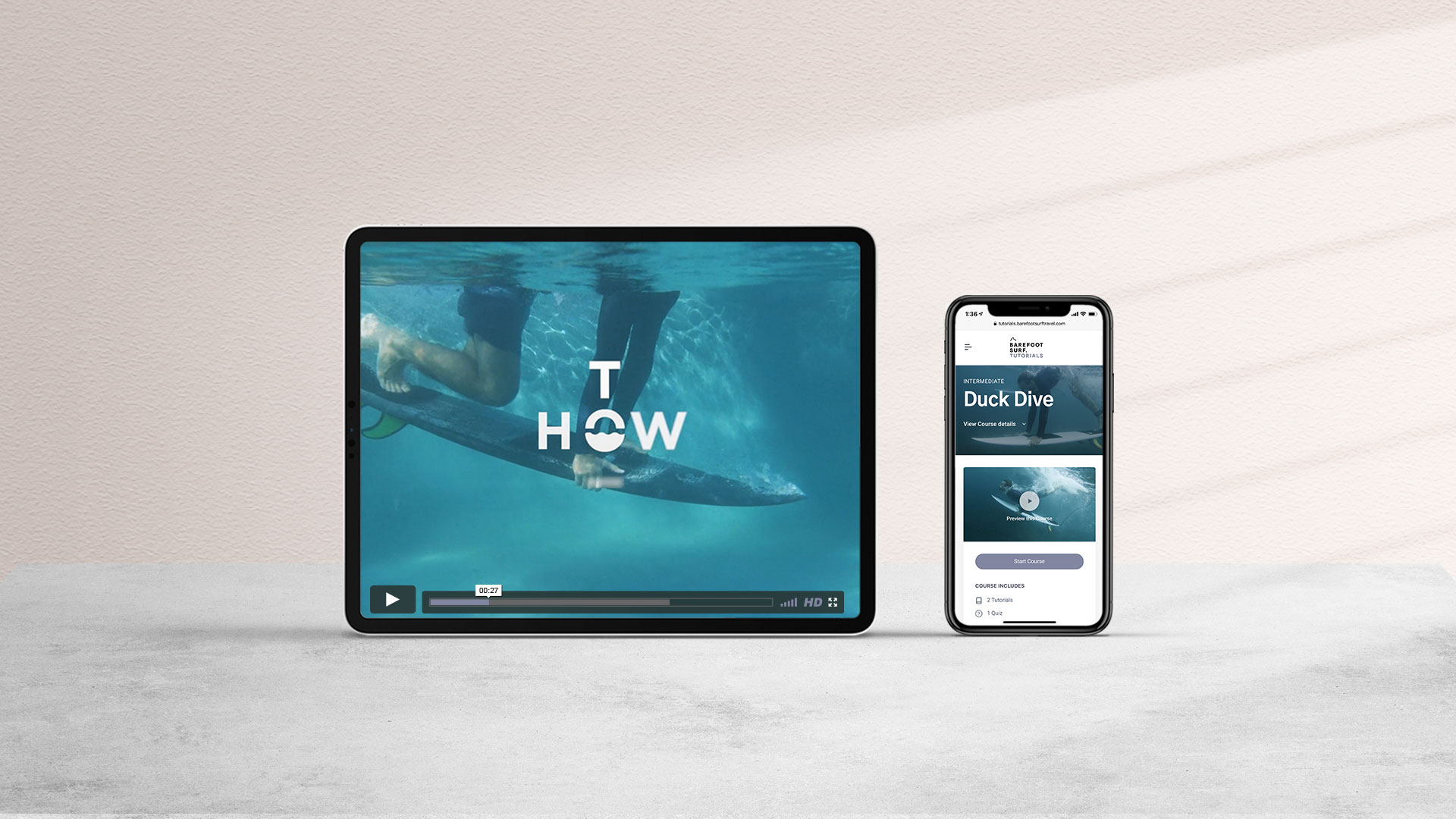
0 Response to "How To Turn On A Surfboard"
Post a Comment